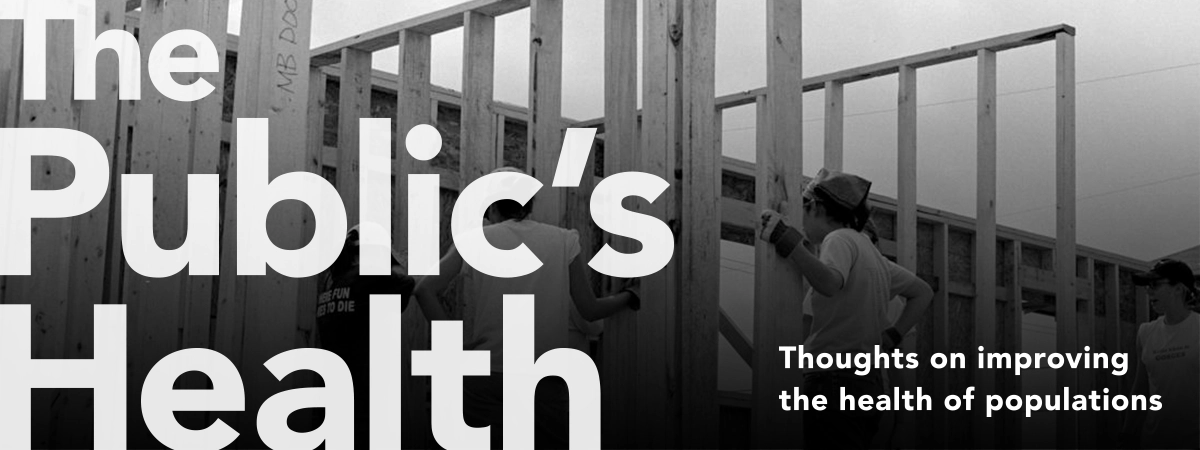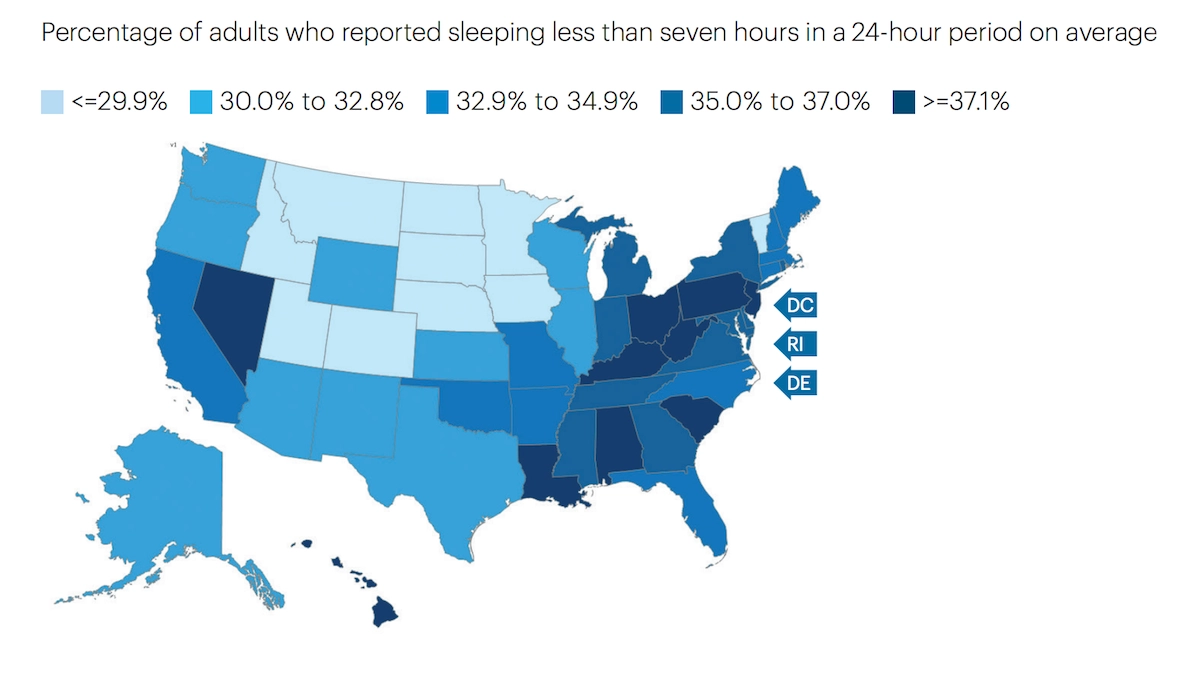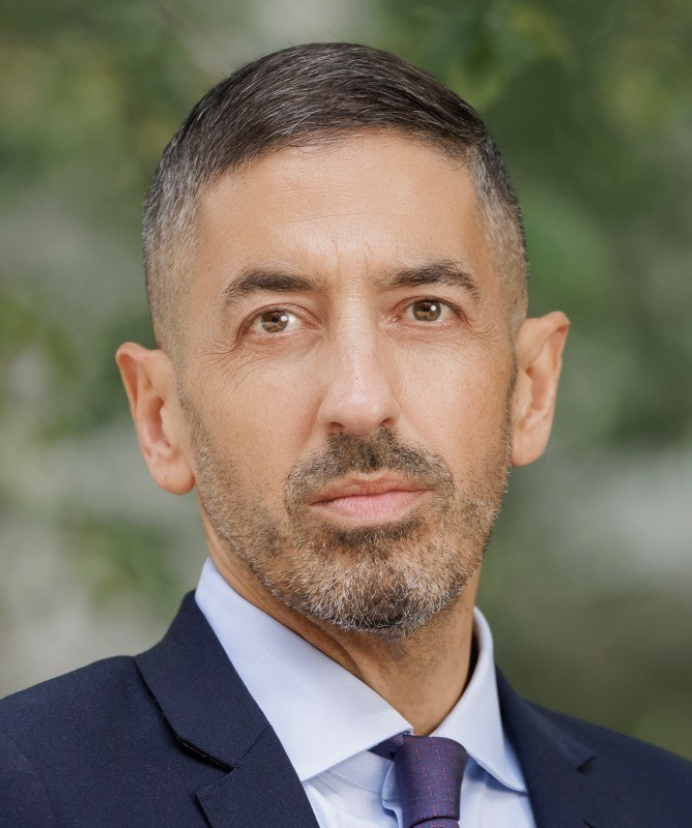Volunteering for the Health of the Public
The world is aging rapidly. There are now more people over the age of 65 than under the age of 5 worldwide. And we all want to age healthy.

Read Time: 4 minutes
Published:

Volunteering for the Health of the Public
The world is aging rapidly. There are now more people over the age of 65 than under the age of 5 worldwide. And we all want to age healthy.
Yet how do we do that? We propose one simple potential way to facilitate healthy aging: volunteering. We like to think of volunteering as a public health intervention, as a social model for health promotion.
The literature on the association between volunteering and health outcomes is powerful. Formal volunteering (outside the home, for the good of others) has been associated with reduced mortality and increased self-rated health and physical function. Simply put: volunteering is good for the volunteer’s health.
Recent work suggests that those who have the greatest health vulnerabilities are, in fact, most likely to experience positive health benefits from volunteering.
How does volunteering help? It can increase physical activity, social engagement, and brain stimulation. It may decrease social isolation, as new friendships develop during the shared hours and afterward. Volunteering can promote confidence and self-image and enhance life meaning and purpose. Volunteering might be particularly beneficial to cognitive functioning because it allows older adults to master and engage in complex tasks, many of which might be new to them.
How many hours per week are necessary for these good results? The evidence suggests relatively few, although there may be a dose effect. Maintenance is key, and probably easiest if you can find forms of volunteering that are relevant to your life and experience.
One of the greatest challenges in this era of rapid population aging is to develop public health interventions that effectively decrease the number of years older people spend disabled. The potential for volunteer engagement as an innovative and significant public health disability reduction intervention should get our attention. The cherry on top is that estimates already place the value of volunteer service at nearly $200 billion per year.
This seems to us an extraordinary opportunity. If we can encourage more volunteering in the growing elderly population we create a social good that also improves the health of the volunteer. As a society we might want to place a premium on providing resources and opportunities that make volunteering a routine part of aging, a way to create a world where we are aging, but doing so for the good of us all.
Warmly,
Michael Stein & Sandro Galea

TO GET PEOPLE TO EAT THEIR FRUIT AND VEG, MAKE THEM CHEAPER
“Eat your fruits and veggies!” is one of the simplest and possibly most futile messages in public health. Mass marketing campaigns could help, but to increase fruit and vegetable consumption, the cost of these nutritious foods has to decrease. Policies that reduce prices of fruits and vegetables by 30% have the potential to increase consumption by 42% and save over 450,000 lives between 2015 and 2030.
CIVIL UNREST AND MATERNAL DEPRESSION
The 2015 civil unrest in Baltimore after Freddie Gray’s death resulted in an increase in depressive symptoms among mothers raising young families close to the site of Gray’s arrest. Of the 1095 mothers surveyed, 50% of those living in nearby neighborhoods had acute and significant depression following the state of emergency in the city. Depression symptoms remained high for five months. Civil unrest stresses the daily function of mothers and young children who are not directly involved in neighborhood disturbances. Community outreach and mental health resources are critical following such events.

A DROWSY NATION
A report from the United Health Foundation shows that 50 to 70 million adults in the United States are not getting enough sleep. The Healthy People 2020 goal is to increase the percentage of adults who receive adequate sleep to 70.8% by 2020 (up from 69.6% in 2008). So far, Americans are heading in the wrong direction. As of 2015, 66.5% of adults were getting the sleep required to keep them happy and healthy.
According to the report, getting the recommended amount of sleep is associated with better physical and mental health. Individuals earning more than $75,000 had better sleep patterns than those earning less than $25,000. Adults older than 65 also tend to sleep better than those under 65. As the map above shows, people living in the Midwest and West slept more than those living in the East.
For college students, graduation does not guarantee more sleep. Less than 30% of college grads get adequate sleep, compared with 37.1% of those with a high school diploma alone.
Sleep disorders, sleep deprivation, and sleepiness cost the United States around $15.9 billion per year due to accidents, lost productivity, and health problems ranging from obesity and diabetes to cancer and depression.
Map from America’s Health Rankings Annual Report, 2017, p. 95





